A societal breakdown or a big disaster would revert us back to an early civilization entirely operating on the barter system, as centralized forms of currency did not exist. However, that is not to say that certain items weren’t valued more than others when it came to trade. Just as it is in today’s society, gold and silver have always been revered as objects of wealth.
Investing in Gold and Silver
So, should you invest your hard-earned money collecting gold and silver in preparation for a disaster situation? As in all things prepping, you should never put all of your eggs (i.e. dollars) into one basket.
Since you never really know what shape a disaster will take or when it will come, you can never have a true sense as to what to spend your time and money on. No matter what happens, both precious metals will be highly sought after in the aftermath of a disaster–maybe even more so than they are now.
But chances are that you aren’t a numismatist (an expert of coins and fine metals) and don’t know how to gauge the authenticity of the gold and silver you may purchase or already have.
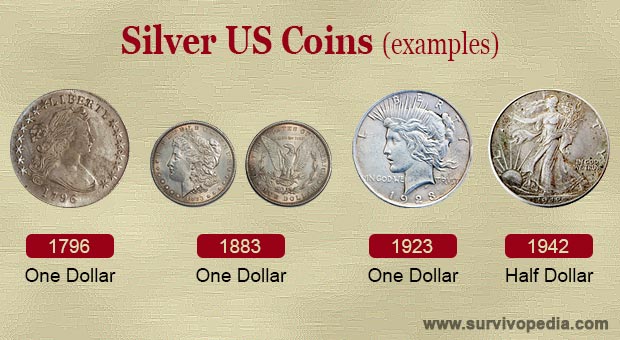
5 Ways to Test Your Gold and Silver
Before you go worrying about the purity or value of any gold and silver you may possess or come across, you should first know the basics between which types are investible and those you should pass up.
First of all, the whole point of collecting gold and metal is to get your hands on the physical object itself. Anything you buy that’s represented on a piece of paper or in a computer will be no better than paper currency when SHTF.
In essence, only buy physical metals in the form of coins, bars, ingots, or junk metal. Every prepper has their own idea as to what form of gold/silver is best to obtain for bartering purposes, but in the end the metal’s purity is just as important (if not more so) than its shape or size.
Commerce today is inundated with fakes and forgeries of goods, services, and currencies alike. In all likelihood, a post SHTF world will see the emergence of many of those forgeries, especially in the form of fake gold and silver.
If you were to come upon a stranger offering you a couple of gold coins for one of your backup rifles or a few jugs of fuel, would you be able to tell if its real (and if you were making a good deal)?
Fortunately, testing precious metals is a skill you can learn if you have the right supplies and know what to look for.
1. Acid Test
One of the quickest and most accurate ways to test gold and silver is to get an acid testing kit. These acids, which come in various degrees of potency, react differently to different types and purities of metals. With of these inexpensive kits, you’ll be able to test gold, silver, and platinum and discover their purity on a scale of 10-22 Karats. All you have to do is administer a drop or two of the acid onto the metal in question and it will react to display its true purity of gold/silver/platinum.
2. Ring Test (Silver)
Silver has a distinct ringing sound when it’s tapped with another solid object. If you flip a silver coin in the air or tap it with another metallic object, it should emit a bell-like ringing sound that resonates for 1-2 seconds. If you try this with a pre-1964 quarter, which is made up of 90% silver, you should be able to hear the distinct sound. Alternatively, a post-1965 quarter, made primarily of copper, will give a duller, thudding sound.
3. Magnet Test
Silver is not a magnetic metal. If you use a strong, rare-earth magnet on a silver coin or bar, it should not stick. If held at a 45-degree angle, a silver bar should slowly slide down the surface of the magnet without actually sticking. If it does stick, it’s probably not silver–but that is not definitive.
4. Ice Test
Of all the elements, silver has one of the highest levels of electrical conductivity and thermal conductivity. Thus, if you were to place an ice cube on a silver coin or bar, the ice should begin to melt immediately. Though ice will melt if placed on any room temperature surface, silver’s thermal conductivity should cause it to melt much faster than other materials.
5. Naked Eye Test
With some practice, you may be able to distinguish real metals from the fakes just by looking at them. Many fake coins feature plated silver or gold finishes to give the appearance of authenticity.
Real silver (and gold for that matter) has a unique sheen that’s neither too glossy nor too dull. A forged, plated coin may fail to fill in all the crevices of the coin’s surface or be visible where the rim of the coin meets the two sides.
If the coin edge should be receded or textured and is not–or if it should be smooth and features some texture–chances are it’s a fake.
These are just a few of the more basic ways to test gold and silver for authenticity. Remember, prepping is an investment that is made up of a variety of different but related parts.
If you take as much time to learn about various forms of silver and gold as you do practicing your shooting, you will be much better off when it comes to bartering in a post-disaster world.

Photo source: 123RF


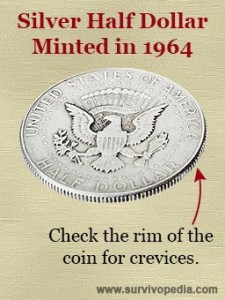

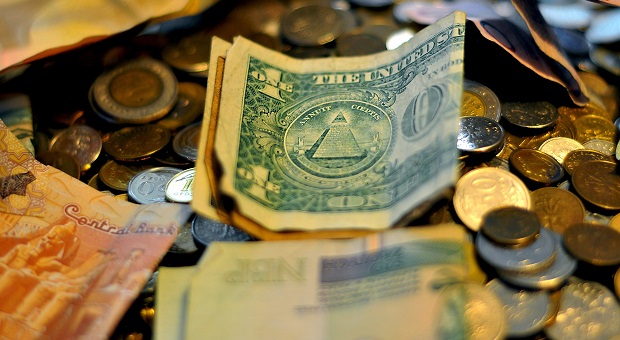
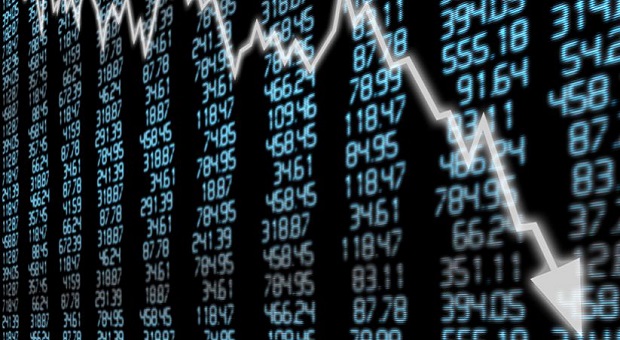
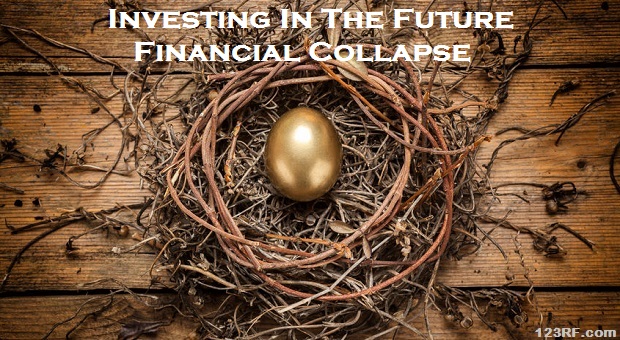

Peyton | March 31, 2014
|
To test for silver you could also use the tissue test. I have used it before, and it works well.
http://www.coincommunity.com/collecting-tips-tricks/clad-silver-tissue-test.asp
It does work better with 90% coins, and it helps to have the same coin not silver to compare.
Titus | March 31, 2014
|
When I worked at a laundry detergent factory, the bleach would turn my silver ring black, and then I would have to clean it with toothpaste.
J | March 31, 2014
|
Well, you left out a pretty important test. Since you are more likely to have access to a 9volt battery than you are to ice in a prolonged disaster scenario, you might replace the ice test (highly inaccurate anyway) with a voltmeter test. The conductivity of silver is extremely high electrically as well as thermally, and if you have a meter handy, you can easily benchmark the expected conductivity of pure or 90% silver and compare future samples in the field against those measurements. Connecting one probe to the positive terminal of a battery, and the other end to a silver coin (which is in contact with the negative terminal of the battery) should yield almost no loss of voltage compared to touching the probes directly to the positive and negative terminals of the battery itself.
Gareth | November 28, 2015
|
Firstly, you would always read a loss of voltage because you are neglecting to include the voltage drop incurred through the unspecified wire that connects the silver coin to the battery’s negative terminal, which is obviously bypassed when you measure from the terminal directly.
Given the size of a coin (~4cm) and the difference of resistivity between silver and copper of 0.09 Ohms per metre, the expected difference in resistance between a 4cm copper coin and a 4cm silver coin would be about 0.0036 Ohms. To tell one from the other you’d be looking for a Voltmeter that could discriminate readings that would differ by 0.006475 V.
Good luck doing that with a domestic multimeter! Also don’t forget that small (but within tolerance) changes in diameter could affect the reading by almost as much, so even if your meter was that accurate you could actually be measuring a slighly smaller silver coin than the last one you tested.
Bob | April 1, 2014
|
When dealing with gold and silver coins it is relatively easy to find out their exact weight, diameter and thickness. You can buy a vernier caliper for precise measurement for 5 dollars. Forgers can forge the weight, they can even combine this with the diameter OR thickness BUT THEY CANNOT COMBINE ALL THREE! Add the magnet test and know your coin specifications and you can rule out 99.9% of fakes.
Pingback:How to Test Gold and Silver when Bartering | TheSurvivalPlaceBlog | April 2, 2014
|
Pingback:Investing In Troubled Times | August 18, 2015
|
Pingback:Bartering Your Skills: What's Their Value? | Survivopedia | June 22, 2016
|
Pingback:The Day When The ATMs Dried Up | Survivopedia | January 1, 2017
|